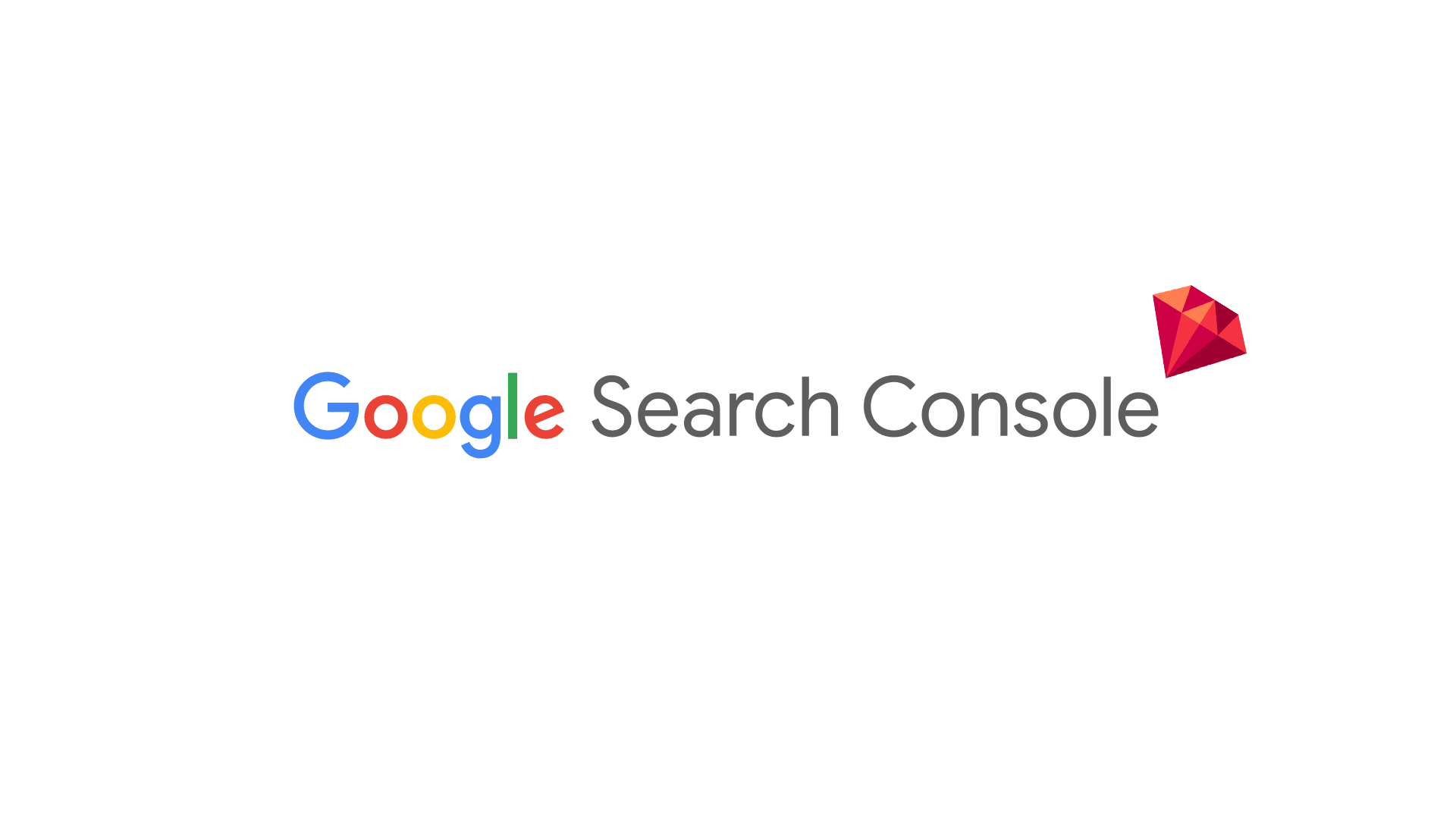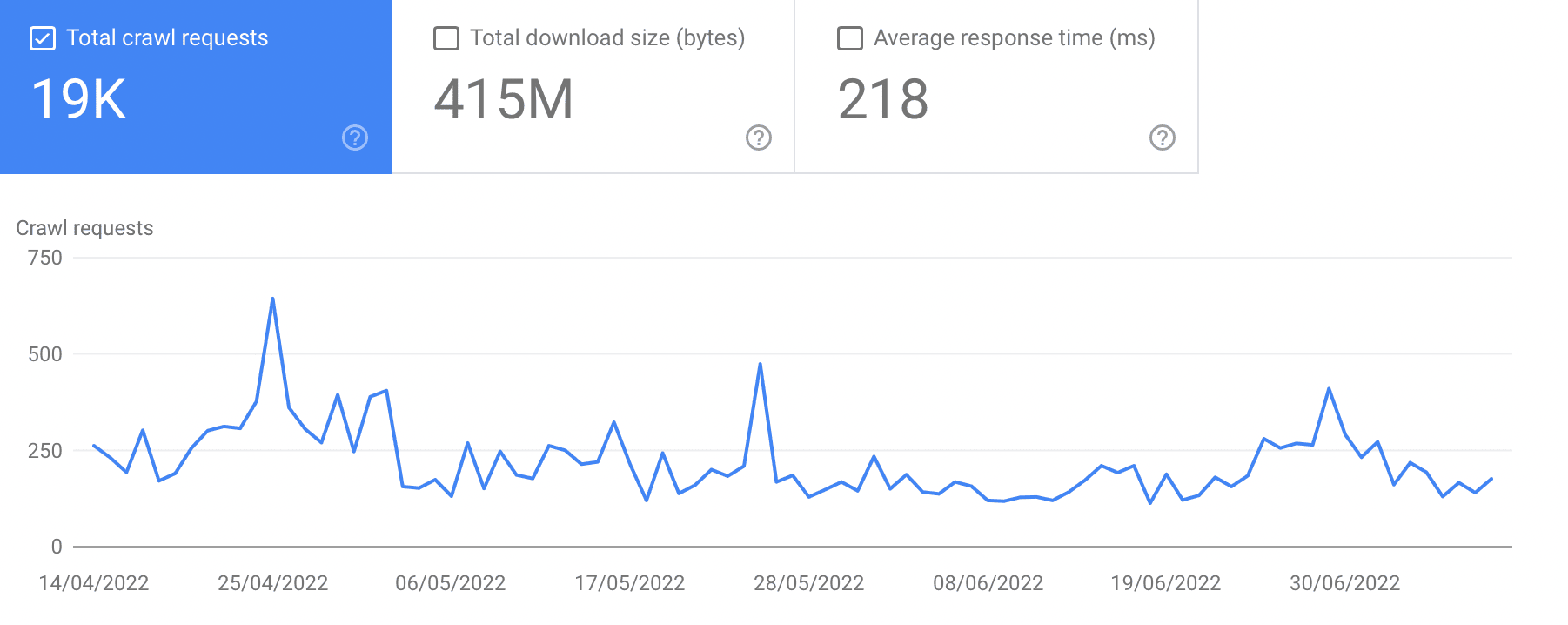Google Search Console hidden gem!

It’s not very often that I am finding something new in a tool that I am using constantly, every single day. Unless it’s announced as a new feature, I would not expect to find something, that is like a holy grail!
Google Search Console is one of my standard tools through which I am monitoring the performance of my websites.
Even if it doesn’t provide as much information as ahrefs (in its free plan), it’s the first place where I am looking for things to improve.
I thought that I knew all, but then I found out that I was wrong.
Before I will go to the point I will start with the question, after setting up GSC, how often will you go into its Settings?
That’s the thing with it. If GSC is providing us with links to the features like Core Web Vitals, Performance in Search and Google Discover, through indexing aspects and enhancements, rarely anybody will know, that there is something else.
The Settings of each property contain parts related to ownership, users and permissions, associations with Google Analytics and the option to change the address.
Apart from this, I would not expect to find there an option called Crawling.
Under Crawl stats, when we will open report, we will find something very useful.
Apart from obvious crawl stats, the number of requests, download size and average response time, if we will scroll further down, we will find crawl requests breakdown grouped by various categories.
Typically, when I set a website, I associate Google Analytics with it, and all 404 error pages I monitor with separate tracking.
The problem with this method is that it’s tracking everything and it’s up to you to decide which links are crucial and require action and which don’t.
In Crawl stats of Google Search Console we can go into a group By response and section Not found (404).
We may not find there a lot, but if it’s there then it’s highly likely we shall take an action as Google and visitors consider them as still important.
Under important, I meant the links that were still generating traffic. Each of these traffic landing on a 404 error page will put our visitors off the website.
Talking about action I consider implementing 301 redirects to grab the power of not found URL and pass it into a different part of the website.
When I migrated one of my websites from Wordpress to Hugo I moved some PDF documents as well.
When for the most important documents I implemented 301 redirects to new content, there are still some links in the wild (shared across the forums or other websites) that are still generating traffic.
WordPress in its default approach doesn’t generate links to files in an easy-to-manage manner, hence controlling it without an appropriate plugin is difficult. When we move or delete one file and replace it with another, if we forget to set redirect at the time, some links spread over the internet will put people on a 404 page. This lost traffic sometimes carries a lot of linking power and is worth using it.
Google Search Console will give us visibility when the last 404 was recorded so we can act upon that.
2.64k of crawled Not found (404) pages is something that we shall use for our benefit, especially if that is 14% of total crawl requests over the last 3 months.
Of course, the By response – OK (200) entries will not interest us too much, but a view into Moved permanently (301) provides with visibility into which old links are still gaining traffic.
Google says to keep 301 redirects in place for a year but I found out that some links in the crawl stats are quite old and still gaining a lot of attention. Removing prematurely 301 redirects may not benefit us and a strict year period shall be treated only as a guide.
Apart from By response in crawl requests breakdown we will find grouping By file type (quite useful if we want to analyse out links to PDF files), By purpose or By Googlebot type (including grouping by Smartphones and Desktop devices).
I am really surprised that people at Google hidden such a useful piece of information buried under the Settings, a place, that after setting the property rarely somebody will head to without just goofing around looking what other information is there. This is the way I found it there, crazy!








